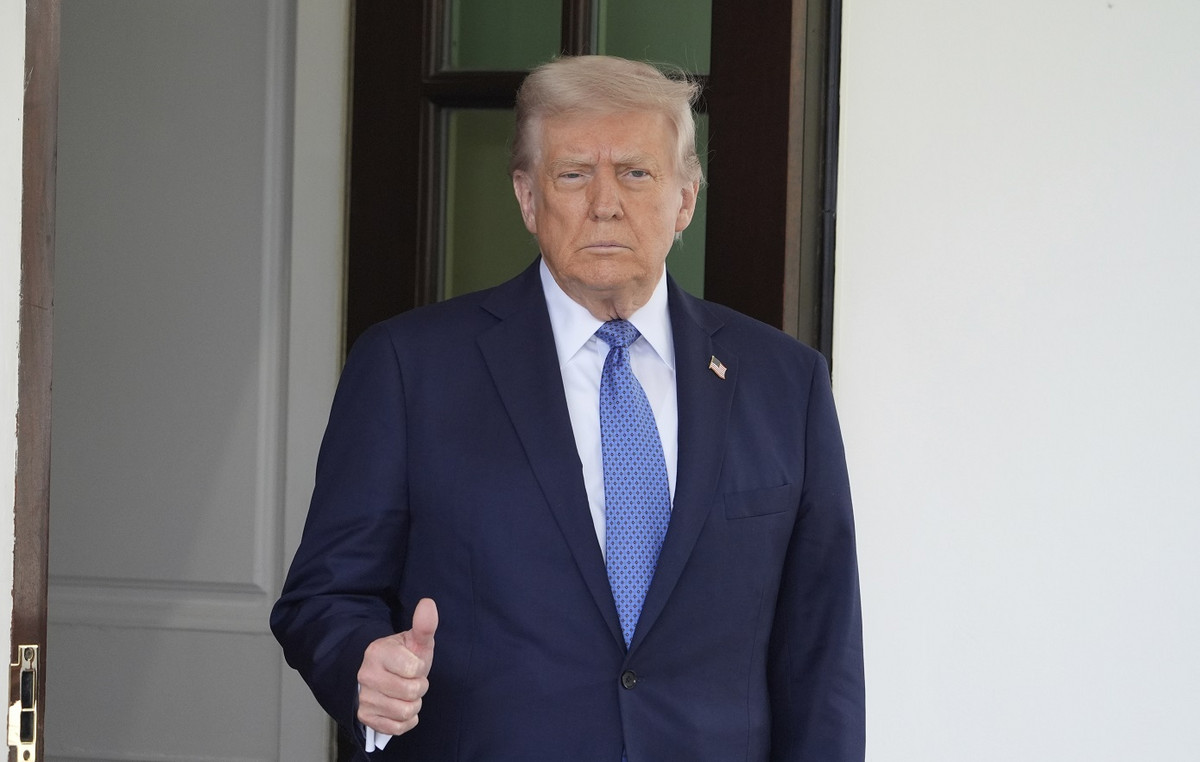- The Indian Rupee stabilizes in the Asian session on Monday.
- A drop in the Chinese Yuan, persistent USD demand, and Trump’s tariff threats continue to undermine the INR.
- HSBC India Composite and Services PMI data for December will be released later on Monday.
The Indian Rupee (INR) remains stable on Monday after closing at a record low in the previous session. The local currency remains vulnerable amid the weakening of the Chinese Yuan, lower expectations of rate cuts by the US Federal Reserve (Fed) and the threat of tariffs from the administration of the US president-elect. , Donald Trump.
However, the Reserve Bank of India (RBI) is likely to sell the US Dollar (USD) to prevent the INR from depreciating. Looking ahead, traders are bracing for the HSBC India Composite and Services Purchasing Managers’ Index (PMI) for December. On the US agenda will be the S&P Global Composite and Services PMI for December. Additionally, Fed Governor Lisa Cook is expected to speak later in the day.
Indian Rupee flat ahead of India PMI data release
- “Global developments remain the wild card, with the US government scheduled to take office in mid-January 2025,” said Radhika Rao, managing director and senior economist at DBS Bank.
- The Indian Rupee is likely to see slight depreciation in 2025, driven by volatile foreign portfolio investment (FPI) flows and a potentially stronger Dollar, according to the Bank of Baroda report.
- The US manufacturing PMI rose to 49.3 in December from 48.4 previously, according to the Institute for Supply Management (ISM) on Friday. This reading was above the market consensus of 48.4.
- San Francisco Fed President Mary Daly said Saturday that despite significant progress in reducing price pressures over the past two years, inflation remains uncomfortably above the 2% target, according to Bloomberg .
- Fed Governor Adriana Kugler noted Saturday that inflation remains uncomfortably above the Fed’s target, but the central bank is working on it.
- Richmond Fed President Thomas Barkin stated Friday that the Fed’s benchmark policy rate should remain tight until it is more confident that inflation is returning to its 2% target.
USD/INR bullish tone remains, but overbought RSI warrants caution for bulls
The Indian Rupee is trading flat on the day. Technically, the bullish view of the USD/INR pair remains intact as the pair has broken above the ascending trend channel over the past week and is well supported above the 100-day EMA on the framework. of daily time.
However, the overbought 14-day Relative Strength Index (RSI) warrants caution for bulls. This suggests that further consolidation cannot be ruled out before positioning for any near-term appreciation in USD/INR.
To the upside, the all-time high of 85.81 appears to be a tough nut to crack for the bulls. A decisive break above this level could see a rally to the psychological mark of 86.00.
On the other hand, the resistance-turned-support level of 85.55 acts as an initial support level for the pair. Sustained trading below the mentioned level could pave the way towards 85.00, en route towards 84.43, the 100-day EMA.
Indian Rupee FAQs
The Indian Rupee (INR) is one of the currencies most sensitive to external factors. The price of crude oil (the country relies heavily on imported oil), the value of the US Dollar (most trade is done in US dollars), and the level of foreign investment are all influential factors. The Reserve Bank of India’s (RBI) direct intervention in the foreign exchange markets to keep the exchange rate stable as well as the level of interest rates set by the RBI are other important factors influencing the Rupee. .
The Reserve Bank of India (RBI) actively intervenes in foreign exchange markets to maintain a stable exchange rate and help facilitate trade. Furthermore, the RBI tries to keep the inflation rate at its target of 4% by adjusting interest rates. Higher interest rates tend to strengthen the Rupee. This is due to the role of the “carry trade”, in which investors borrow in countries with lower interest rates to park their money in countries that offer relatively higher interest rates and profit from the difference.
Macroeconomic factors that influence the value of the Rupee include inflation, interest rates, economic growth rate (GDP), trade balance and foreign investment inflows. A higher growth rate can lead to more investment abroad, increasing demand for the Rupee. A less negative trade balance will eventually lead to a stronger Rupee. Higher interest rates, especially real rates (interest rates minus inflation) are also positive for the Rupee. A risk environment can lead to higher inflows of foreign direct and indirect investment (FDI and FII), which also benefit the Rupee.
Higher inflation, particularly if it is comparatively higher than other countries, is generally negative for the currency as it reflects a devaluation through excess supply. Inflation also increases the cost of exports, leading to more rupees being sold to buy foreign imports, which is negative for the Indian Rupee. At the same time, higher inflation usually leads the Reserve Bank of India (RBI) to raise interest rates and this can be positive for the Rupee, due to increased demand from international investors. The opposite effect applies to lower inflation.
Source: Fx Street
I am Joshua Winder, a senior-level journalist and editor at World Stock Market. I specialize in covering news related to the stock market and economic trends. With more than 8 years of experience in this field, I have become an expert in financial reporting.







